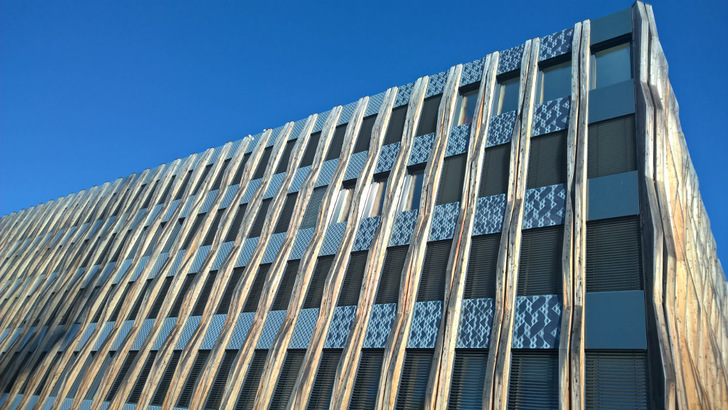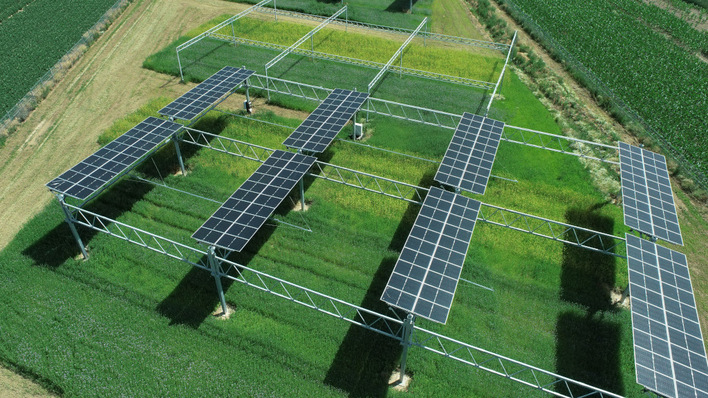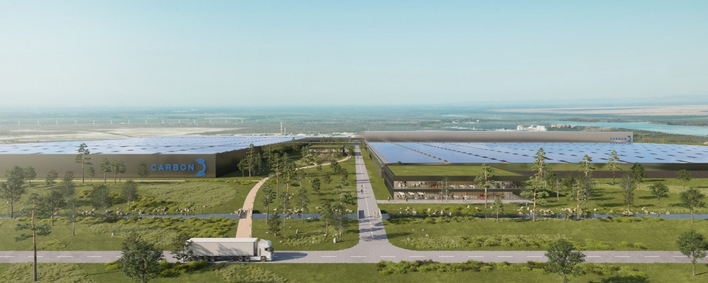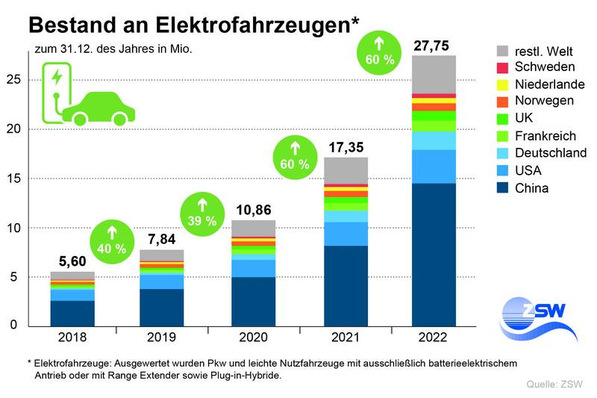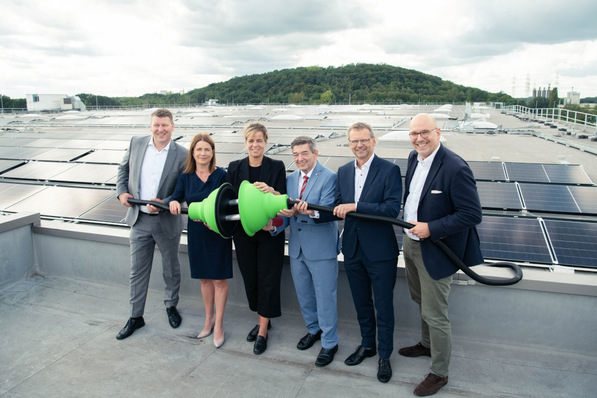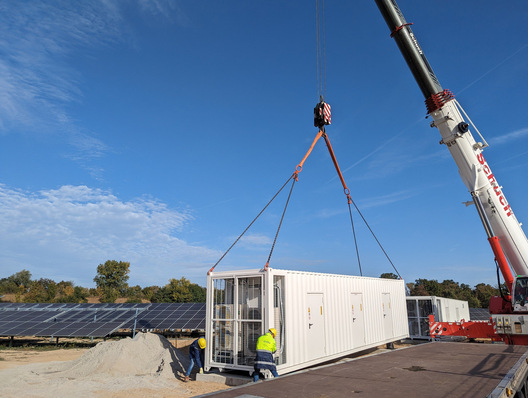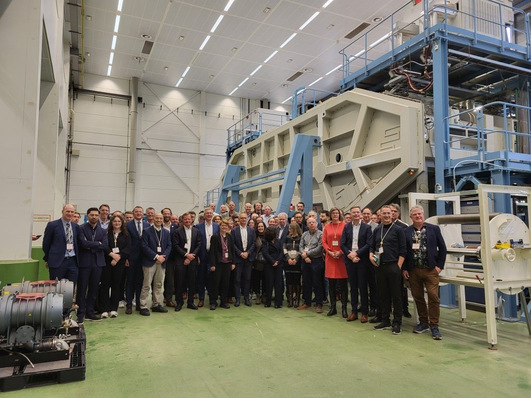The potential area for solar facades in Germany is 12,000 square kilometres. This is twice as large as that for roof systems. This area potential is about 6,000 square metres. This means that the area potential for solar facades in Germany corresponds to about half the area of the German state of Mecklenburg-Vorpommern. This is the result of a respective analysis by the Leibnitz Institute of Ecological Spatial Planning (IÖR), which was carried out in cooperation with the Fraunhofer Institute for Solar Energy Systems (ISE), the Institute for Applied Building Research Weimar (IAB), the Chair of Geoinformatics at the Technical University of Munich as well as with practice partners from the solar industry.
Facades are necessary for climate goals
To examine the potential, the partners in the Standard-BIPV project used geodata to investigate not only the roof surfaces but also the facade surfaces for building integration of photovoltaics. „This is because it will not be enough to install solar systems on all suitable roofs in Germany to achieve the German government’s goal of climate neutrality in existing buildings by 2050,“ says Martin Behnisch from IÖR, explaining the importance of this potential. „However, we must also emphasise that at the moment we are still talking about theoretical potential areas,“ he qualifies. It has not yet been investigated whether these areas can also be technically equipped with photovoltaics and whether this would pay off in terms of economic efficiency.
Based on geodata
The area potential was calculated on the basis of official nationwide geodata. To do this, the researchers analysed a three-dimensional model of a building used by the Federal Agency for Cartography and Geodesy. This contains information on the entire building stock in Germany. To simplify matters, the researchers recorded each house as a block with a flat roof.
Building details neglected
This means that detailed roof shapes and the resulting gable walls, windows, doors, projections such as balconies and other installations are not included in the building model. Similarly, the researchers could not take into account aspects of listed building protection or high-quality facade design. Only building facades that touch each other and are thus clearly not unavailable for photovoltaic use were calculated out of the potential. However, in order to reflect reality somewhat more accurately, they examined the building structure in Munich, Freiburg and Dresden in more detail as a reference. Likewise, the details of a random sample of 100,000 buildings distributed throughout Germany were included in the calculation.
Shading taken into account
On the basis of these facades and roofs, the solar irradiation was modelled and visualised for all surfaces. This enables the research team to determine the possible yield of a solar system in great detail. To do this, the researchers not only used detailed building models with their individual roof shapes. The surroundings of the buildings, such as trees and their shadows or the shadows cast by other buildings, as well as the terrain and surrounding mountains were also included in the calculations.
Solar facades generate electricity where it is used
This data has been used to create a visualisation of the area potential and the possible solar energy yields. This also shows the spatial distribution of the potential. This is of course higher where many people live than in rural regions because the potential of BIPV depends on the number of buildings. The advantage: the solar facades are created where the electricity is used. „Every photovoltaic module we install on a house facade helps to conserve nature and precious soil, because it makes the construction of land-intensive solar parks unnecessary,“ Behnisch emphasises.
Solar facades are economical for large buildings
A more important finding, however, is that the modelling of potential yields from the solar-active building envelope shows that photovoltaic facades are particularly worthwhile for large buildings such as production halls, office buildings, educational buildings or public buildings. „But large residential complexes such as high-rise buildings also definitely offer great potential for the installation of photovoltaics,“ says Martin Behnisch.
See also: New solution for coloured modules developed
The data are a first step towards better planning of energy generation on buildings. „They still need to be specified at the concrete locations through more precise analyses,“ Behnisch explains the next step. „But they do give an impression of the great potential that lies dormant in building-integrated photovoltaics. Especially in view of the CO2 reduction targets, these are important starting points.“ (su/mfo)

